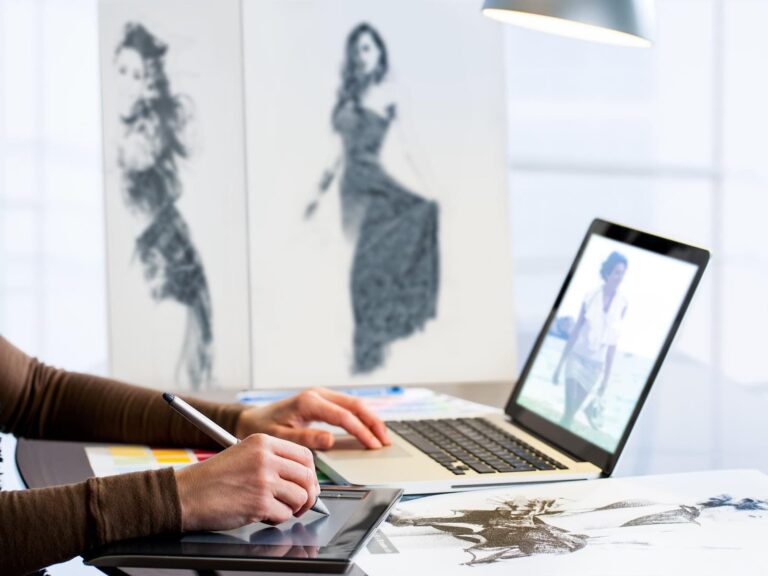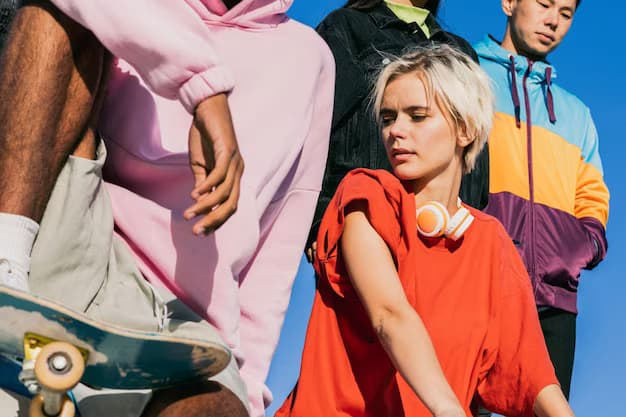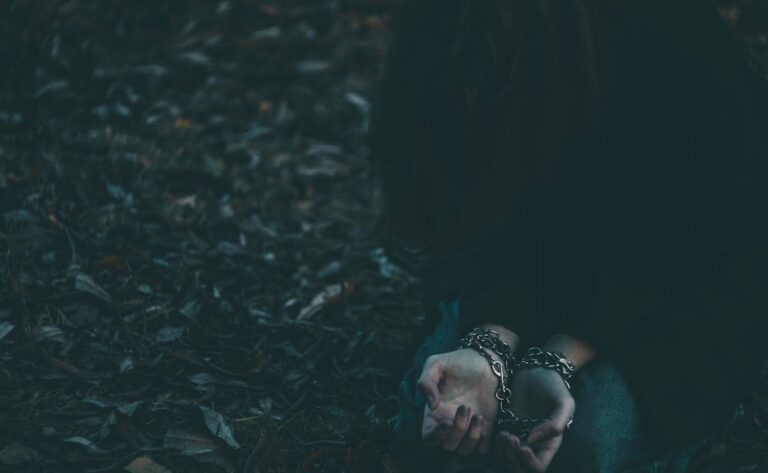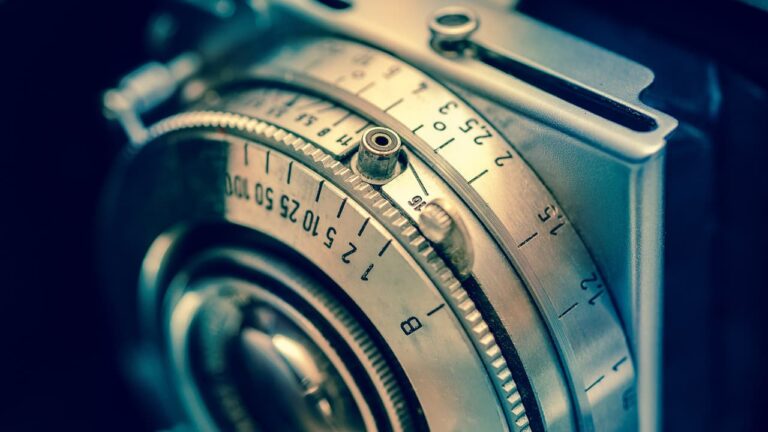You’ve probably encountered their work countless times without even realizing it. Those catchy advertisements? The movies with jaw-dropping visuals? Or the seamless user interface of your favorite app? All these have the fingerprints of an art director on them.
Origin Story: The Birth of Art Direction
In the early 20th century, as media landscapes began to evolve, there was a burgeoning need for individuals who could steer the visual aspect of projects. Thus, the role of the art director was born. Originally rooted in print and advertising, they ensured the visual continuity and brand alignment of campaigns.
The Modern Maestro: Beyond Just ‘Art’
Sure, “art” is in their title, but these professionals do so much more:
- Visionary Leaders: They aren’t just followers of trends; they set them.
- Collaborative Anchors: They work with diverse teams, from copywriters to UI/UX designers, ensuring everyone’s on the same page.
- Problem Solvers: Got a tricky campaign to design? They’re on it!
Skills That Set Them Apart
Wondering what makes someone an excellent art director? Here’s a peek:
- Aesthetic Mastery: A keen eye for design, color, and typography.
- Technological Prowess: Familiarity with the latest design tools and software.
- Innate Curiosity: A constant hunger for the latest trends and innovations.
- Effective Communication: Translating ideas into words, and vice-versa.
Daily Life: A Day in Their Shoes
Imagine juggling multiple projects, attending brainstorming sessions, giving feedback, and keeping an eye on the latest trends. It’s not all about drawing and designing. It’s about orchestrating a visual symphony.
The Challenges They Face
Like any profession, it’s not always smooth sailing. Challenges include:
- Balancing multiple projects with tight deadlines.
- Keeping up with ever-evolving technological advances.
- Managing creative differences within teams.
- Ensuring their vision aligns with client expectations.
Industry Impact: More Than Just Advertisements
Think the role is limited to the world of ads? Think again! They’re pivotal in:
- Film & Television: Crafting the visual narrative.
- Video Games: Ensuring an immersive user experience.
- Digital Platforms: Designing websites and apps with user-centric designs.
- Fashion: Crafting visually stunning shows and photoshoots.
The Future: What Lies Ahead?
The digital revolution has expanded the horizons for art directors. With the advent of AR, VR, and more, their role is becoming more intricate and indispensable. As brands move towards a more visual-centric approach, their expertise will only become more sought after.
Diverse Toolbox: Essential Tools of the Trade
In the ever-evolving realm of design and direction, an art director must be well-versed with a variety of tools. It’s not just about a good ol’ sketchbook anymore. Here’s a rundown:
Digital Tools and Software
- Adobe Creative Suite: The Holy Grail, which includes Photoshop, Illustrator, and InDesign.
- Sketch & Figma: Primarily for UI/UX designs.
- Procreate: A favorite among those who lean towards digital art.
Traditional Tools
- Mood Boards: A collage of images, text, and samples of objects in a composition.
- Sketchpads: Sometimes, the best ideas start with a simple sketch.
- Physical Models: Especially vital when crafting 3D spaces like sets or exhibition stalls.
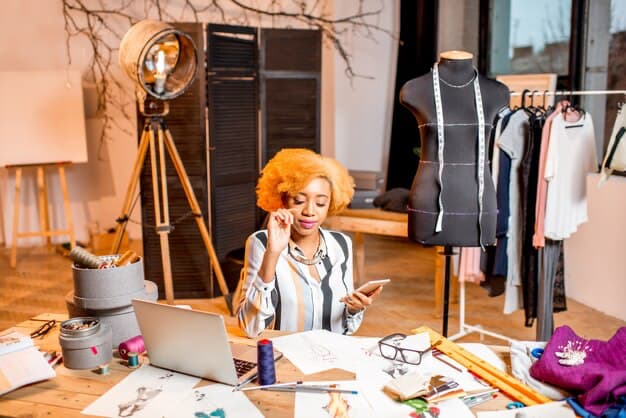
Fashion’s Affair with Art Direction
Ah, fashion! A world where trends come and go, but the essence remains timeless. And guess who’s playing a significant role in shaping the visual narrative of these trends? You got it – the art director.
Consider a high-fashion magazine spread. The clothes, the models, the locale – they all tell a story. But ensuring that this story resonates with the audience, making sure the lighting captures the texture of the fabric just right, ensuring the mise-en-scène complements the theme – that’s the art director’s magic.
Recent Fashion Trends Influenced by Stellar Art Direction:
- Retro Revival: A nostalgic trip back to the 70s and 80s, capturing the essence with grainy photos and vintage sets.
- Minimalist Monochrome: Less is more! Using a singular color palette to bring out the beauty of simplicity.
- Bold Bohemia: A burst of colors, patterns, and eclectic backgrounds making a vivid statement.
Global Impact: Art Direction Across Cultures
The art director’s role isn’t confined to one’s homeland. It’s a global profession, with each culture and region bringing its unique flavor.
| Region | Characteristic Style | Notable Contribution |
|---|---|---|
| North America | Contemporary & Bold | Pioneering Digital Design Trends |
| Europe | Classical & Refined | Masterful Typography and Print |
| Asia | Eclectic & Vibrant | Merging Tradition with Modernity |
| Africa | Raw & Authentic | Rich Textures and Earthy Tones |
Bridging the Gap: The Collaborative Nature of Art Direction
Art direction isn’t a solitary endeavor. It’s a symphony of collaboration that involves numerous players, each contributing their unique talents to the grand opus.
Interacting with Copywriters
Words and visuals are two sides of the same coin. An art director works closely with copywriters to ensure that the visual elements resonate perfectly with the textual content. This harmonization creates a cohesive narrative, where neither the words nor the images feel out of place. Think of a memorable advertisement. The chances are that its lasting impact is the result of a seamless blend of its visual and textual elements.
Working Alongside Photographers and Cinematographers
Capturing the perfect shot or scene requires a fusion of creative minds. While photographers and cinematographers focus on angles, lighting, and technical specifics, the art director ensures that the visual outcome aligns with the broader vision. Their influence spans pre-production planning, on-set adjustments, and post-production edits.
Guiding Designers and Illustrators
While designers bring a concept to life and illustrators add intricate details, the art director acts as a beacon, guiding them towards the overarching theme. Their inputs can range from selecting the right color palette to tweaking design elements to fit the broader narrative better.
Conclusion
The role of the art director, while often overlooked, is indispensable in shaping the visual landscape around us. From the print ads of yesteryears to today’s immersive digital experiences, their influence is pervasive and profound. As we move forward, one thing’s for sure: the art director’s canvas is only set to expand.
FAQs
While both deal with visuals, an art director oversees the whole project, ensuring a cohesive visual narrative, whereas a graphic designer focuses on creating individual visual elements.
Not necessarily. While drawing can be an asset, their primary role is to guide and oversee the visual direction of a project.
Apart from advertising agencies, they’re prominent in film, television, video games, and digital platforms.
With the rise of digital platforms and tools, their role has evolved to encompass a broader range of mediums and techniques.
Indirectly, yes. They ensure that the visual elements resonate with the target audience, thus aiding in effective marketing.

